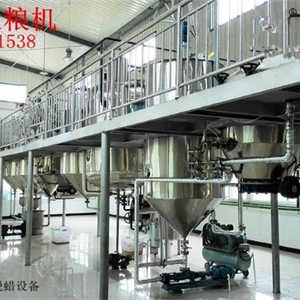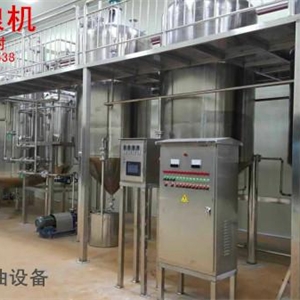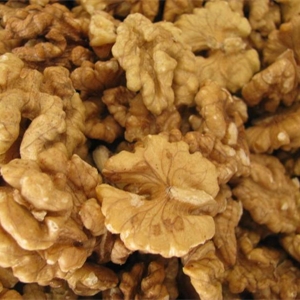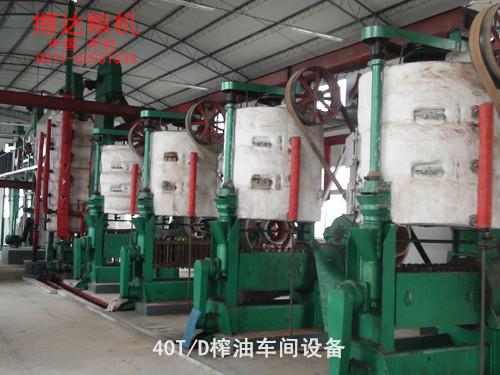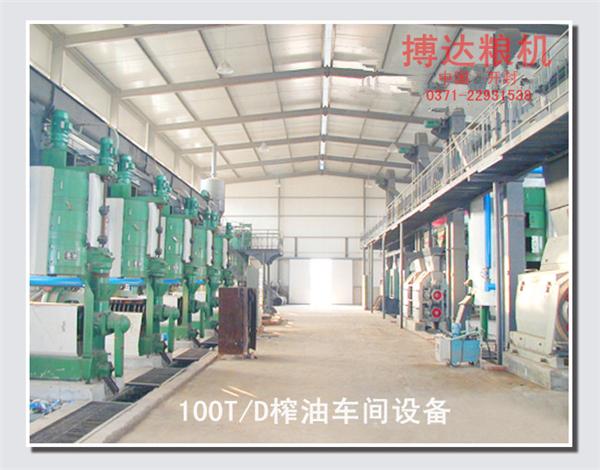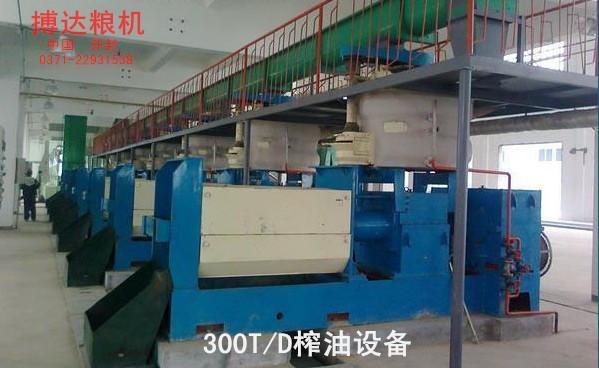detail
1. Chemical Refining:
In Chemical Refining, Vegetable Oil is treated with caustic lye for separation of free fatty acids from oil. This is a conventional process that can be applied to all oils. A byproduct of alkali refining is soap-stock, which is used for manufacture of low quality washing soap. Alternately, the soap-stock can be treated with acid to recover fatty acids. The waste-water from refinery requires extensive treatment. This can be avoided by alternate Physical Refining process.
2. Physical Refining:
In Physical Refining, Vegetable Oil is subject to distillation to remove free fatty acids. The alkali treatment is completely avoided. This reduces the amount of waste water and eliminates production of soap. This process is becoming more popular.
? DegummingThe purpose of Degumming Vegetable Oils is to remove Gums. All oils have hydratable and non-hydratable gums.
a. Water Degumming: Hydratable gums are removed by treating oils with water and separating the gums. The gums can be dried to produce lecithin.b. Acid Degumming: Non-Hydratable gums are removed by treating oils with acids and separating the gums.
? Neutralizing
The purpose of Neutralizing Vegetable Oils is to remove Free-Fatty Acids (FFAs). Traditionally, FFAs are treated with caustic soda (NaOH). The reaction produces Soaps which are separated from the oil. Because trace amounts of soaps remain in the oil, the oil is either washed with water or treated with Silica.
(a) it does not produce soaps;(b) it recovers fatty acids that provide better cost recovery;
(c) there is smaller yield loss compared to caustic refining—especially for oils with higher FFAs;
(d) it is a chemical-free process.
? Bleaching
The purpose of Bleaching is to remove color pigments contained in Vegetable Oils. The oil is treated with Bleaching Clays that adsorb the color pigments. The clay is filtered and the clean bleached oil is stored for further processing. Process flow diagram is attached.
? DeodorizingThe purpose of Deodorizing Vegetable Oils is to remove odor substances. The oil is subjected to steam distillation under high temperature and vacuum to evaporate all odor substances. The resulting deodorized oil is almost bland and tasteless.
3.Specification:
|
Main economic technical parameters |
|
|
Steam consumption |
450KG/T |
|
oilElectric consumption |
28Kwh/T |
|
oilPhosphoric acid |
2~3 kg/T |
|
oilCirculating water cooling water yield |
150m3/H |
|
Bleaching earth consumption |
5~50Kg/T |
|
oilWaste bleaching earth oil content |
<35% |
|
Deodorization loss consumption |
≤0.5% |

